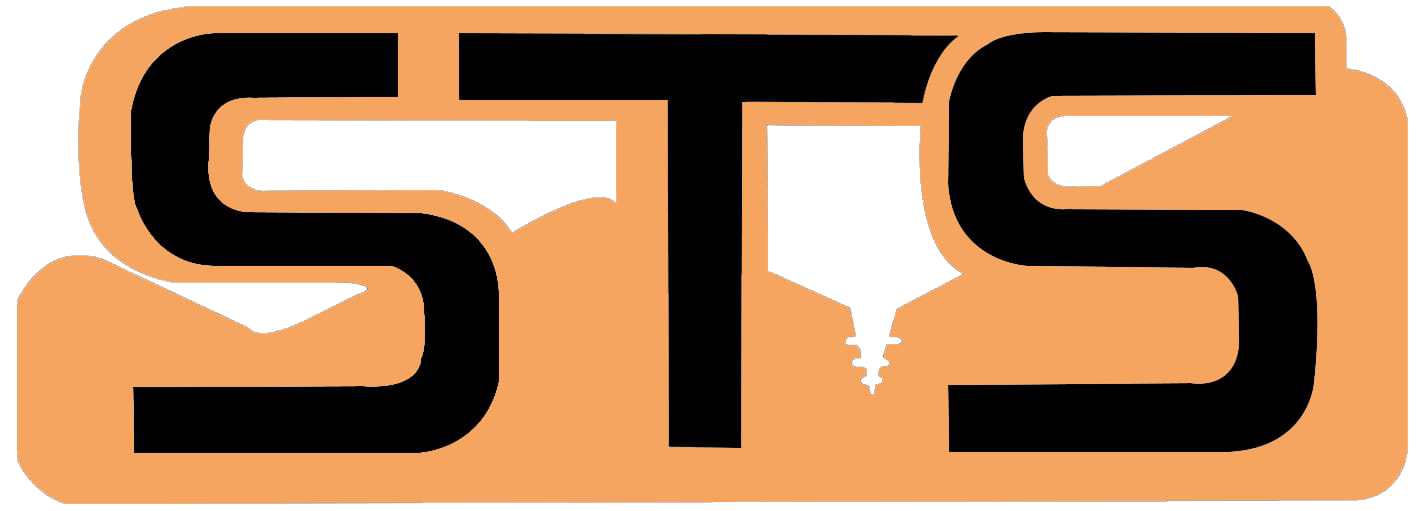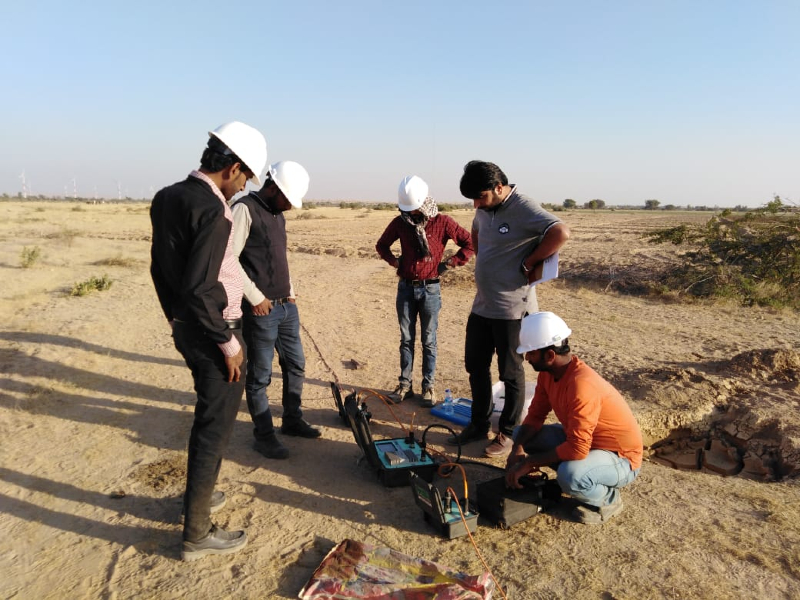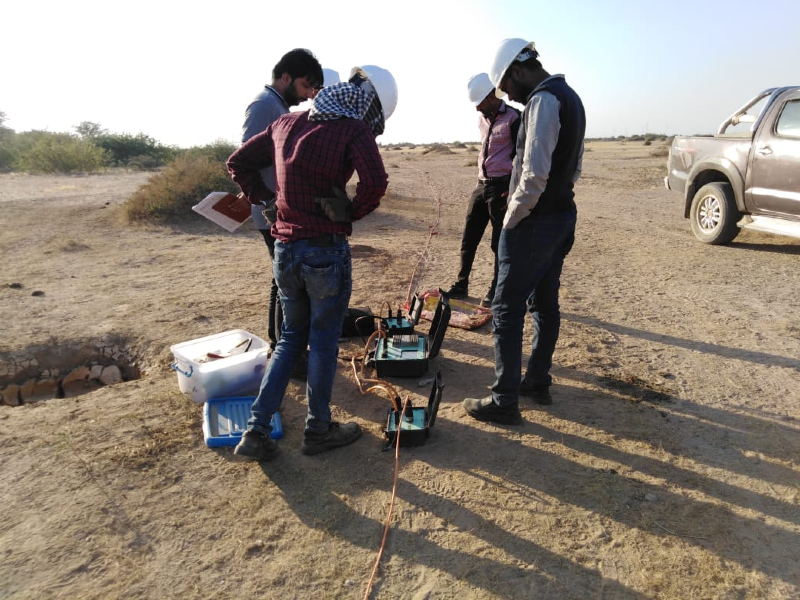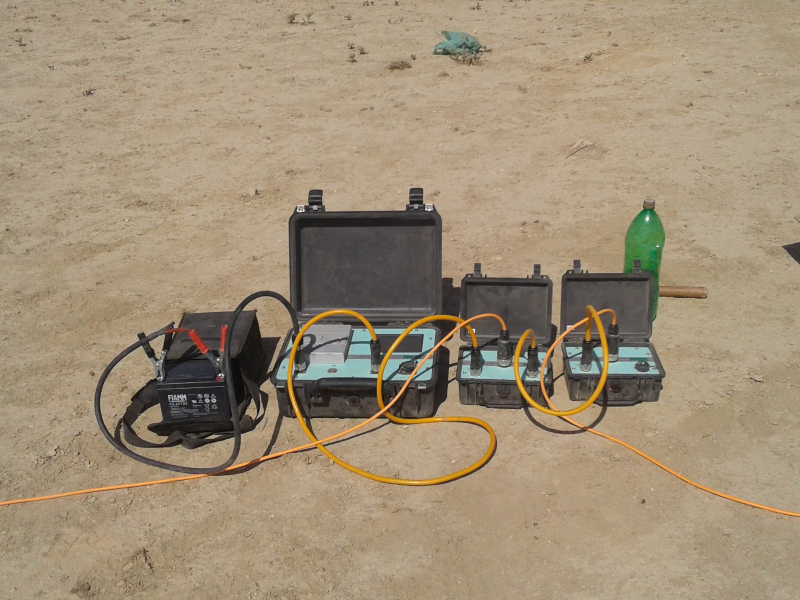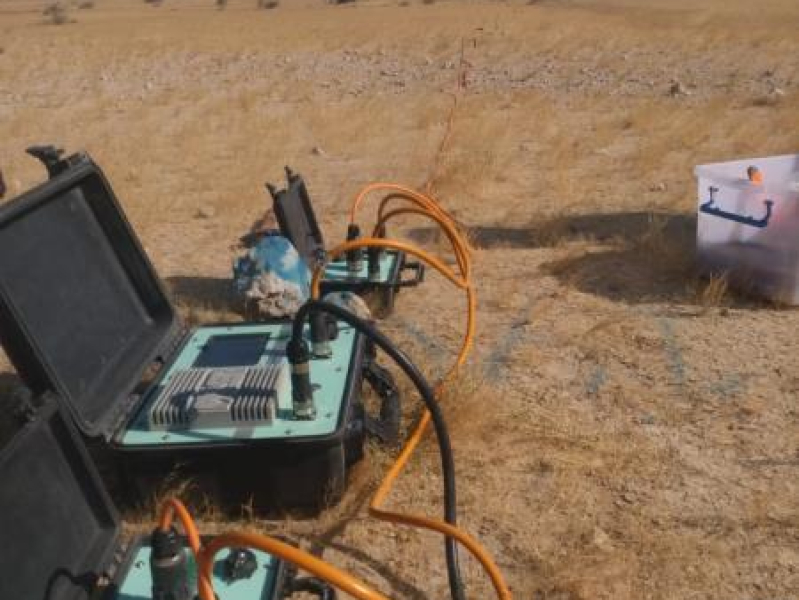Electrical Resistivity Tomography
Resistivity surveys are used to characterize sub-surface materials in terms of their electrical properties. Variations in electrical resistivity, or conductivity, typically relate to changes in geology. Changes also occur due to the presence of water which can provide information on water saturation, fluid conductivity, porosity and permeability. Knowing these parameters allows for mapping of stratigraphic units, geological structures, sinkholes, fractures and groundwater profiles.
The survey equipment comprises of a string of electrodes at regular intervals which are connected to a central control box. Current is passed into the ground via a pair of electrodes and the accompanying array of electrodes detects return signals. Analysis of these currents enables electrode pairs to determine the apparent resistivity along the receiver line.
The recorded data is downloaded and analyzed to produce cross-sectional models of the ground, typically presented as color contour maps displaying the variation in resistivity. Interpretation of the data provides greater understanding of the sub-surface conditions and the data can be cross-referenced with other geophysical surveys or borehole profiles to provide calibration and confirmation of data analysis.
